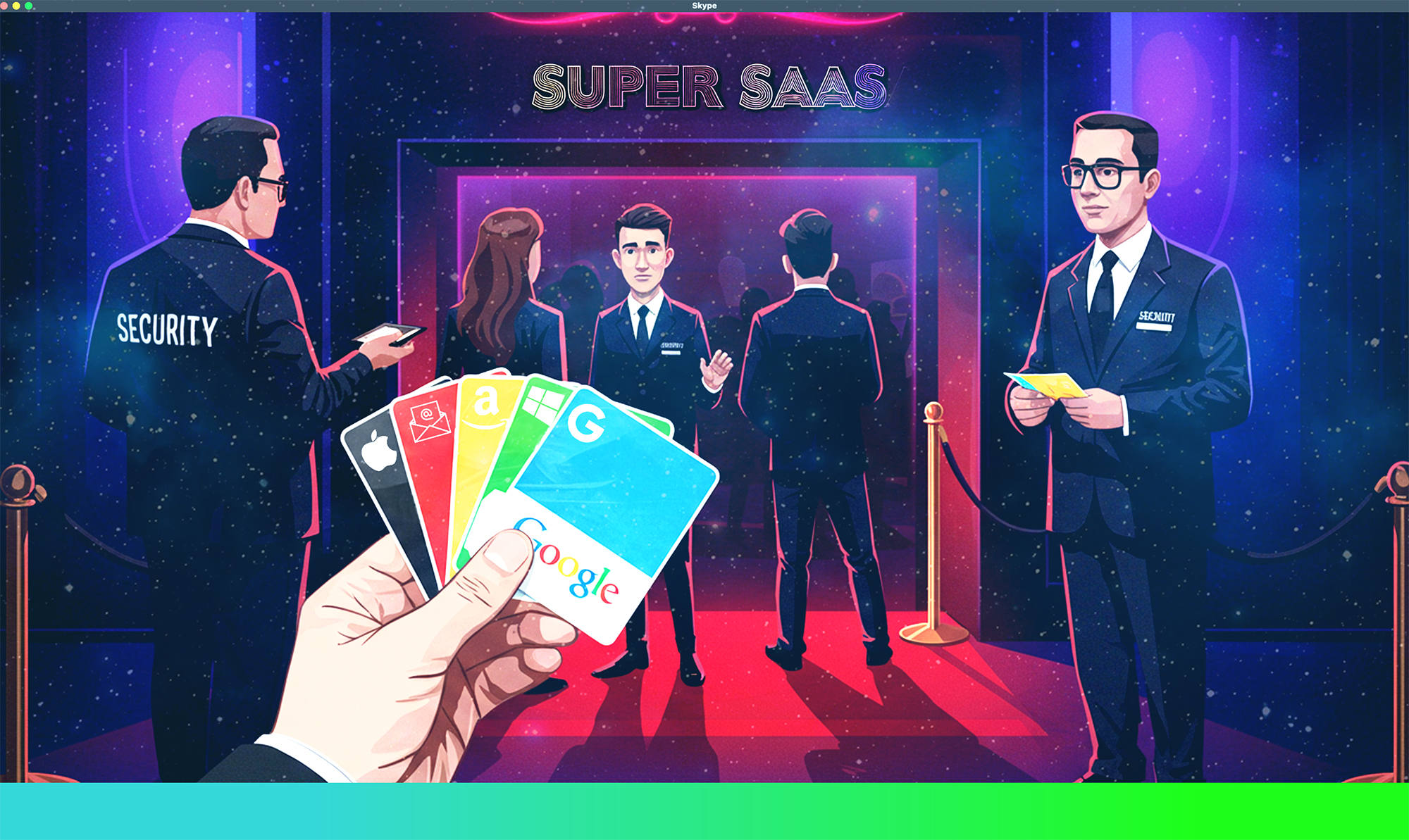
What It Is, How to Identify It, and How to Avoid It
Starting a SaaS or web app business comes with endless opportunities to innovate , but it also poses unique challenges.
One of the most common hurdles many entrepreneurs face is the “Startup Tech Trap.” This term refers to the technical mistakes and poor decisions that can prevent a SaaS or web app startup from scaling successfully.
Let’s dive into what the Startup Tech Trap is, how to identify it, and, most importantly, how to avoid it for long-term success.
What Is the Startup Tech Trap for SaaS and Web App Entrepreneurs?
The Startup Tech Trap happens when entrepreneurs make quick-fix technical decisions that seem cost-effective or efficient in the short term, but ultimately delay long-term growth.
These decisions often involve cutting corners with technology or rushing development, leading to scalable and sustainability issues down the road.
For SaaS and web app entrepreneurs , this trap can result in a product that’s difficult to maintain, lacks the flexibility to scale, or doesn’t meet user needs.
Some of the common factors contributing to the tech trap include choosing the wrong technologies, overlooking the importance of scalability, or prioritising speed and cost over quality.
How to Identify the Tech Trap in SaaS or Web App Startups
Recognising the Tech Trap early is key to preventing costly mistakes.
Below are 5 clear warning signs that your startup might be heading down the wrong technical path:
1 . Skipping Detailed Planning and Rushing to Launch
If your team is focused solely on building and launching without taking the time to create a clear roadmap, you might be caught in the Tech Trap.
Skipping phases like market validation, prototyping, and user feedback can lead to building a product that misses the mark.
2 . Choosing Short-Term Savings Over Long-Term Value
In the early stages of a SaaS or web app business, it’s tempting to use cheaper or less robust technologies to cut costs.
However, choosing technologies that don’t scale or that create unnecessary technical debt down the line will cost you far more in the long run.
3 . Lack of Clear Product or Feature Prioritisation
Trying to do everything at once by adding multiple features without clear prioritisation can overwhelm your development process.
If you find yourself constantly pivoting or adding new features without clear user feedback, this is a strong signal that the Tech Trap is near.
4 . Neglecting to Bring in Expert Technical Guidance
For many non-technical founders, trying to manage all technical decisions alone without a solid understanding of the best practices can quickly result in subpar code or poor architecture.
Without expert guidance, you risk building a fragile product that won’t stand up to scaling demands.
5. Inflexibility to Adapt Based on User Feedback
If your product is built without sufficient feedback from real users and you’re too attached to the initial idea, you might be falling into the Tech Trap.
SaaS and web apps need to evolve based on user feedback and market demands.
Best Practices to Avoid the Startup Tech Trap
If you want to steer clear of the Tech Trap and create a sustainable, scalable SaaS or web app business, here are the best practices and methods you should implement:
1. Start with a Clear MVP (Minimum Viable Product)
For SaaS and web app entrepreneurs, the key is to start with an MVP —a functional version of your product that solves a core problem. Focus on building only the essential features that are necessary to test your business idea. Avoid the temptation to overload your product with unnecessary features at the beginning.
Pro Tip: MVP strategy allows you to test assumptions early, validate the market, and collect valuable user feedback, which will guide your development process in the right direction.
2. Focus on Scalability, Not Just Cost Savings
While it may seem tempting to go with cheaper options for technologies and infrastructure, scalability should always be a top priority. If you build your SaaS or web app on a weak foundation, you’ll eventually hit a wall when your product grows, requiring a costly rework.
Best Practice: Use technologies and platforms that are scalable, such as cloud solutions and modern web frameworks. Consider future growth and your infrastructure needs as part of your decision-making process.
3. Get Expert Technical Guidance and Build the Right Team
For non-technical founders, hiring a technical co-founder, a mentor, or building a capable development team can help you avoid missteps.
Having experts guide the technical aspects of your project will ensure you make the right decisions for your product’s architecture and development path.
Pro Tip: Surround yourself with experienced engineers or hire a consultant who can help you avoid common technical pitfalls and make decisions that support your long-term business goals.
4. Validate Your Ideas Before Building
Before diving into development, validate your SaaS or web app idea with real users. Conduct thorough market research and user interviews to ensure there is demand for your product.
This step is crucial in ensuring you’re building something that truly solves a problem.
5. Build in Iteration and Flexibility
The startup world is fast-paced, and adaptability is key. After launching your MVP , be ready to pivot and adapt your product based on feedback.
Iterative development allows you to improve your product continuously and stay aligned with market demands.
6. Tackle Technical Debt Early
As your product evolves, technical debt can build up quickly. Refactoring code regularly and addressing issues early will prevent them from snowballing into bigger problems that slow down development or increase operational costs.
Best Practice : Plan for regular code reviews and prioritise technical debt in your product backlog, alongside feature development.
Starting a SaaS or web app business is an exciting journey, but it’s crucial to build your product on a solid technical foundation to ensure it can grow and scale with your business .
Avoiding the Tech Trap means taking a strategic approach, investing in the right technologies, and being flexible to adapt as you learn from your users.
By doing so, you’ll set yourself up for sustainable success in the highly competitive tech startup world.



